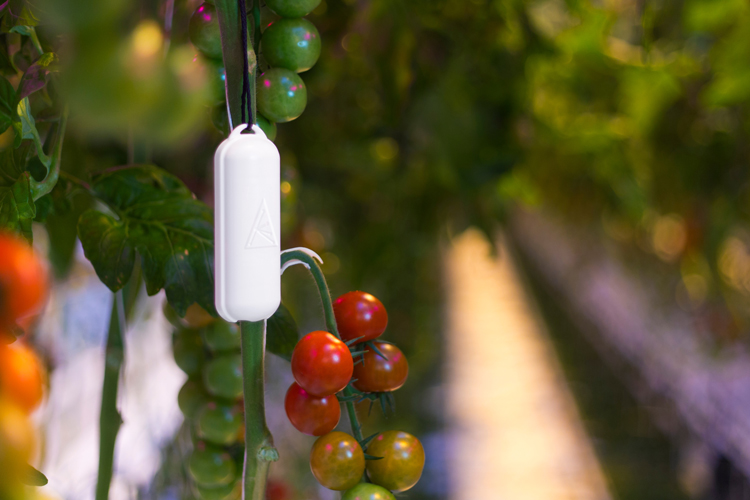
Precision agriculture is a buzzword in the industry and essentially refers to technology, hardware and software systems that provide data to enhance decision making, and if used properly can help contribute to reduced waste, increased profits and yield, and protection of the environment.
The UN predicts that the biggest challenge for the agricultural sector of the future is none other than world population reaching 10billion people by 2050. The expected increase in world population in combination with the growing middle class and changing dietary habits means that farmers will need to increase production by 70% by that time.
That will need to be achieved without more land, more water and in a way that is sustainable and does not harm the environment. Currently the farmers are looking to technology for solutions.
Precision agriculture includes variety of technologies such as yield maps, drone technologies, wireless sensors, multispectral laser imaging, AI, robotics and many more used to improve efficient use of resources and ensure optimal growth conditions for crops.
One of the most cost effective and time saving is wireless sensor technologies. Wireless sensor technologies offer the ability to monitor a variety of parameters crucial for ensuring crop and plant wellbeing and growth.
Here are 3 main benefits of using wireless sensor technologies for farming and greenhouse applications:
1. Ag real-time data
Applying sensors on the field or greenhouses provides constant monitoring of the chosen parameters. Wireless monitoring solutions offer centralized critical real time data gathering and the ability to use software for data viewing, analysis and comparison any time from any device.
The real-time data from the sensors unlocks great potential for analysis and information driven solutions and process optimization.
2. Decreases operational costs
Operating costs associated with monitoring are going down thanks to wireless sensors technologies that help make installation process easy, quick and cost effective – no extensive planning or preparation needed.
In addition wireless sensors can send alerts when certain parameter thresholds have been crossed. Thus informing to take preventive action and avoid damage related to unforeseen circumstance.
3. Increase crop yield
Monitoring such parameters as temperature, humidity and CO2 levels is crucially important to insure the productivity of crops while decreasing operational costs.
The Internet of Things technologies offer wireless sensors that can function up to 10 years without battery replacement and can provide multiple kilometre receiving range that allows sensors to be deployed within large areas.
The IoT in agriculture is a reality today- it’s an affordable, easy and time saving way to monitor field and greenhouse environment. It has never been easier and more cost effective to implement industrial IoT solutions!
To implement the ag future today visit www.aranet.com and find out more about wireless monitoring solutions!
